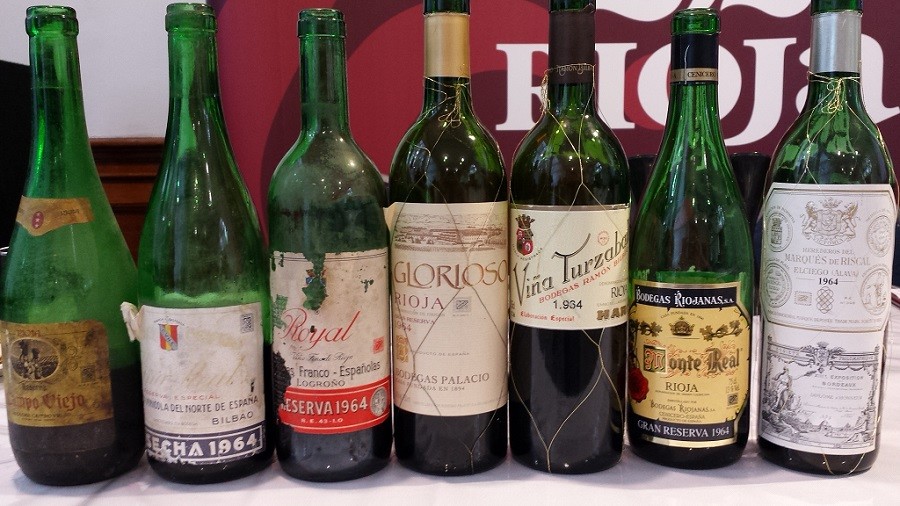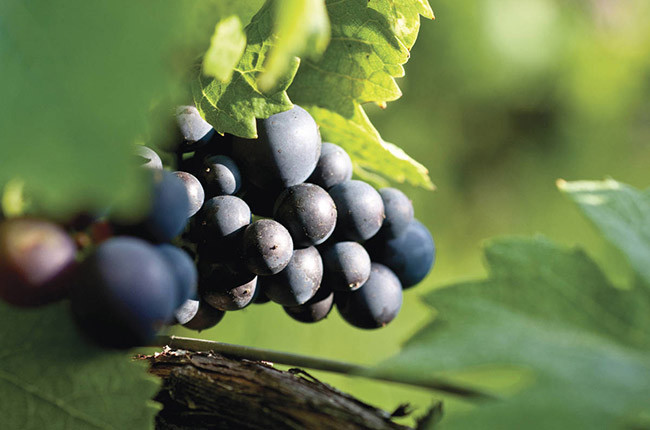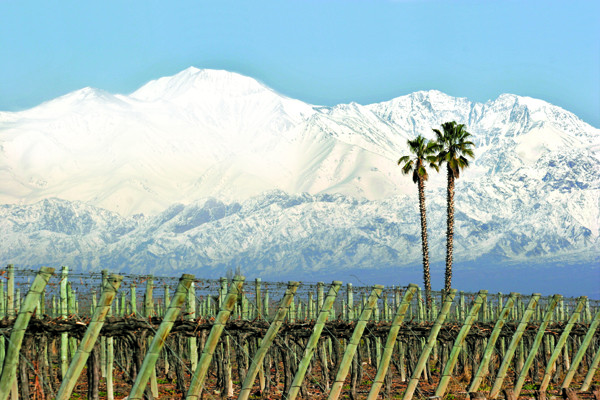Where do ‘vineyard activities’ sit within winemaking? Well, before we even see so much as barrel stave, we need to get our gardening hat, green our fingers and take a stroll into the vineyard.

An easy way to think of a vineyard is to imagine it as a gigantic allotment. Like your humble vegetable patch, you need space to get in amongst your produce to examine their cultivation. For that simple reason, vines are organised in rows. Jim, our WSET tutor for the day says this “keeps everything quite ordered.” You won’t find any crop circle vineyards, not unless the owner was particularly eccentric.
This organisation allows you the space to ensure you grow quality grapes to make your Chablis, Châteauneuf-du-Pape or Chambolle-Musigny (admittedly, I had to look that last one up). Pruning your vines, snipping a few leaves off here or there, will allow you to make them “grow in the way you want it to grow” (training methods). Vineyard topiary it isn’t, but it is as significant as a cockerel-shaped privet hedge is to the proud gardener.
You can further manipulate the grapes by controlling their numbers on each bunch and literally putting them in the position you want to grow them in. If it is cool, you may want place the grapes in the sun. If hot, you will probably want to shade the grapes with leaves because “they can get sunburnt,” says Jim. Perhaps there’s a gap in the market for Ambre Solaire for fruit?
If growing conditions are foggy and damp, winemakers separate the grapes so they don’t grow mould – this makes perfect sense but had not crossed my mind. Jim calls it allowing “aeration into the canopy.” A line worthy of Wordsworth.
Animal pests are similarly villainous. Insects and birds can damage all parts of the vine and nets may be required to help protect from the latter. In certain places, it is common for vineyard owners to take arms and have a bird hunt. Knowing how controversial this sort of activity is nowadays, I was quick to ask whether you needed a licence. You do.
Keeping your vines clear of silent predators such as mildew and rot by spraying them with fungicides is vital. These fungal diseases damage the vine’s green parts and spoil grapes. Long-term, they can reduce yields, inhibit ripening and may kill the vine completely. A vineyard can become a graveyard in as little as 72 hours, so you must nip diseases in the bud.
Once you have dodged these issues and the grapes are growing, you produce your yield – the amount of grapes or wine produced in your vineyard. Historically, arable farmers would want higher yields, but this is not necessarily true of winemakers. Though you have fewer bunches that will produce less wine, lower yields will produce riper grapes with more intense flavours. Prestigious vineyards or regions may have certain rules about yields.
Unfortunately, this is extremely time-consuming and expensive. As the crop is smaller, each kilo costs more and must sell at a higher price to make the extra effort worthwhile. Maximising yields by irrigating vineyards and filling the grapes with water will make the wine cheaper, which is ideal for customers, but the flavours will be blander, which is not. Most wines fall between these two poles.
Grapes are harvested by either machine or hand and, like many vineyard activities, these methods have advantages and disadvantages. Hand picking allows careful and selective harvesting, but is laborious and expensive. Machine harvesting is quicker, cheaper, and increases the risk of damaging the grapes in the process. Annoyingly, as many vineyards are on steep slopes for the best growing conditions, it’s not physically possible to drive a machine picker on them. “The flavours in the grapes don’t know how they were picked,” Jim says, and so both techniques can produce quality wines.
So there you have it. ‘Vineyard activities’ are fundamental to the final product. One thing I’ve noticed already, is the familial culture around winemaking; it isn’t just a business venture. Each process has its own human resonance.
Jim tells us that in parts of the continent, winemakers organise special parties during the season to hunt wild boar – another animal danger to ripe grapes – during their harvesting season. How many other businesses can make a convivial event out of pest control?
Click to learn more about available WSET courses in China>>
All rights reserved by Future plc. No part of this publication may be reproduced, distributed or transmitted in any form or by any means without the prior written permission of Decanter.
Only Official Media Partners (see About us) of DecanterChina.com may republish part of the content from the site without prior permission under strict Terms & Conditions. Contact china@decanter.com to learn about how to become an Official Media Partner of DecanterChina.com.











Comments
Submit